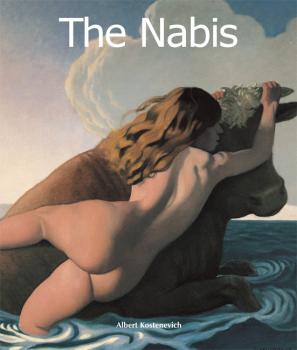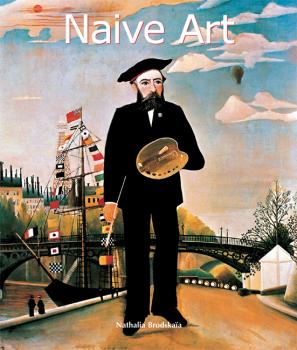ТОП просматриваемых книг сайта:















Art of Century
Скачать книги из серии Art of CenturyАннотация
Информация о книге
Автор произведения Victoria Charles
Жанр Изобразительное искусство, фотография
Серия Art of Century
Аннотация
Информация о книге
Автор произведения Victoria Charles
Жанр Изобразительное искусство, фотография
Серия Art of Century
Аннотация
Информация о книге
Автор произведения Leon Rosenthal
Жанр Изобразительное искусство, фотография
Серия Art of Century
Аннотация
Информация о книге
Автор произведения Victoria Charles
Жанр Изобразительное искусство, фотография
Серия Art of Century
Аннотация
Информация о книге
Автор произведения Robert de la Sizeranne
Жанр Изобразительное искусство, фотография
Серия Art of Century
Аннотация
Информация о книге
Автор произведения Nathalia Brodskaya
Жанр Изобразительное искусство, фотография
Серия Art of Century
Аннотация
Информация о книге
Автор произведения Albert Kostenevitch
Жанр Изобразительное искусство, фотография
Серия Art of Century
Аннотация
Информация о книге
Автор произведения Nathalia Brodskaya
Жанр Изобразительное искусство, фотография
Серия Art of Century
Аннотация
Информация о книге
Автор произведения Nathalia Brodskaya
Жанр Изобразительное искусство, фотография
Серия Art of Century
Аннотация
Информация о книге
Автор произведения Victoria Charles
Жанр Изобразительное искусство, фотография
Серия Art of Century










